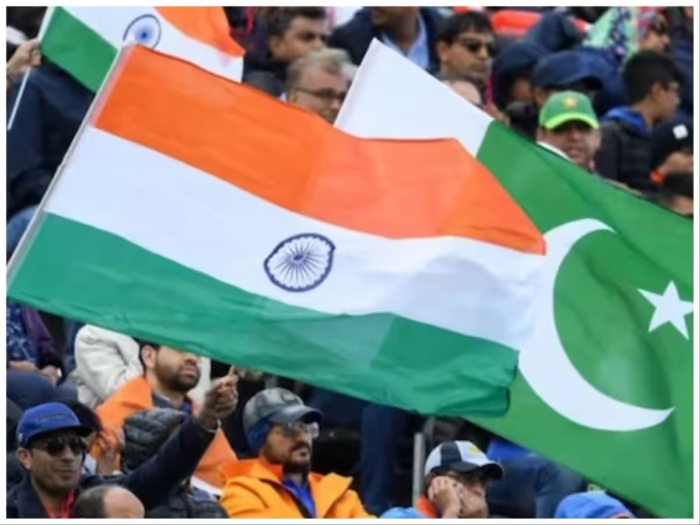 The relationship between India and Pakistan, both emerging economies in South Asia, has been marked by historical tensions and conflicts. Since their partition in 1947, the two nations have experienced several wars and ongoing disputes, particularly over the Kashmir region. Despite these challenges, both countries have engaged in diplomatic efforts to ease tensions. Notable examples include the Indus Waters Treaty in 1960 and the Lahore Declaration in 1999, which exemplify attempts at fostering cooperation and dialogue.
The relationship between India and Pakistan, both emerging economies in South Asia, has been marked by historical tensions and conflicts. Since their partition in 1947, the two nations have experienced several wars and ongoing disputes, particularly over the Kashmir region. Despite these challenges, both countries have engaged in diplomatic efforts to ease tensions. Notable examples include the Indus Waters Treaty in 1960 and the Lahore Declaration in 1999, which exemplify attempts at fostering cooperation and dialogue.
Economically, India and Pakistan possess complementary strengths. India excels in manufacturing and technology sectors, while Pakistan has advantages in textiles, agriculture, and certain consumer goods. This complementarity suggests that increased bilateral trade could lead to cost savings, enhanced product availability, and deeper economic integration within South Asia. Despite these potential benefits, official trade between the two countries remains limited. Estimates indicate that trade potential could reach up to $37 billion, yet current figures hover around $2 billion annually. This underutilization is largely due to political tensions, trade barriers, and reliance on third-country intermediaries such as the UAE and Singapore.
Improving bilateral relations could yield substantial economic benefits for both nations. Enhanced trade would give Pakistan access to India’s vast consumer market, boosting exports of textiles, agricultural products, and other goods. It would also lower transportation costs, making goods more affordable for consumers in both countries, while stimulating job creation, particularly in manufacturing and service sectors. Moreover, economic cooperation often fosters political stability, reducing the likelihood of conflicts and promoting peace. The Indus Waters Treaty serves as a rare example of successful collaboration, allowing both nations to share water resources from the Indus River system despite broader tensions.
However, several obstacles hinder deeper economic cooperation. Ongoing political tensions, particularly over Kashmir, create an environment of mistrust. Trade barriers, including tariffs and restrictive policies, limit the flow of goods. Security concerns, such as terrorism and border skirmishes, disrupt trade routes and deter investment. Additionally, inadequate infrastructure hampers efficient trade and logistics. For instance, the closure of the Attari trade checkpoint in 2025, following a terrorist attack in Kashmir, led to a significant decline in bilateral trade, highlighting the fragility of economic ties.
To unlock the economic potential of their relationship, India and Pakistan could implement several strategic measures. Simplifying customs procedures and reducing tariffs would encourage trade, while joint investments in transportation and logistics infrastructure could improve connectivity. Promoting cultural and educational exchanges would build mutual understanding and trust, and implementing confidence-building measures would address security concerns while fostering transparency. Such initiatives could pave the way for a more stable and prosperous South Asia, benefiting citizens and businesses in both countries.
While the path to improved India-Pakistan relations is fraught with challenges, the potential economic benefits make the effort worthwhile. Through sustained diplomatic efforts, trade facilitation, and a commitment to cooperation, both nations can work toward a future of shared prosperity and regional stability, transforming historical rivalry into mutually beneficial growth.